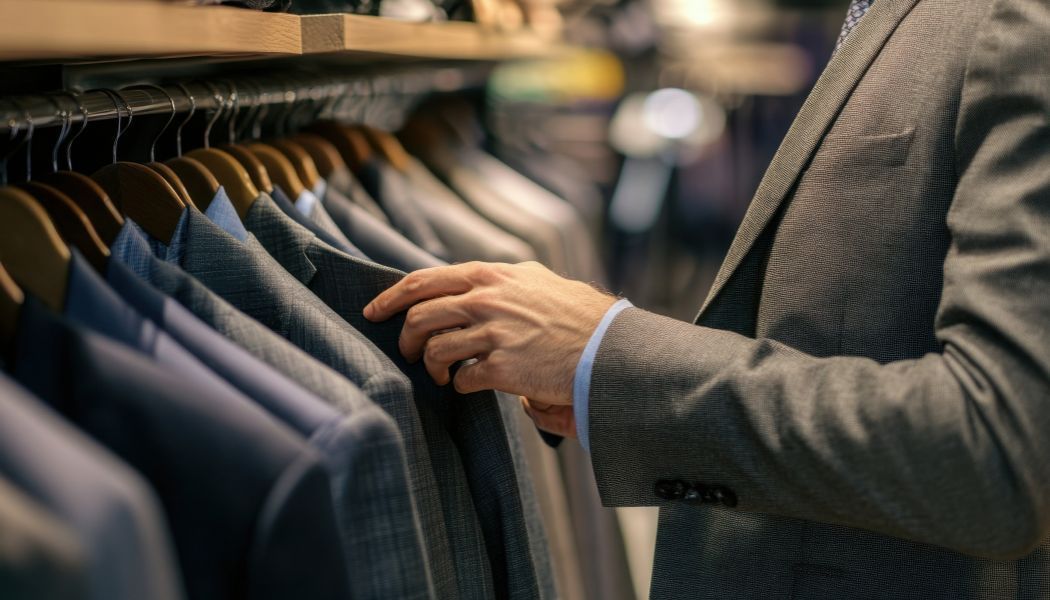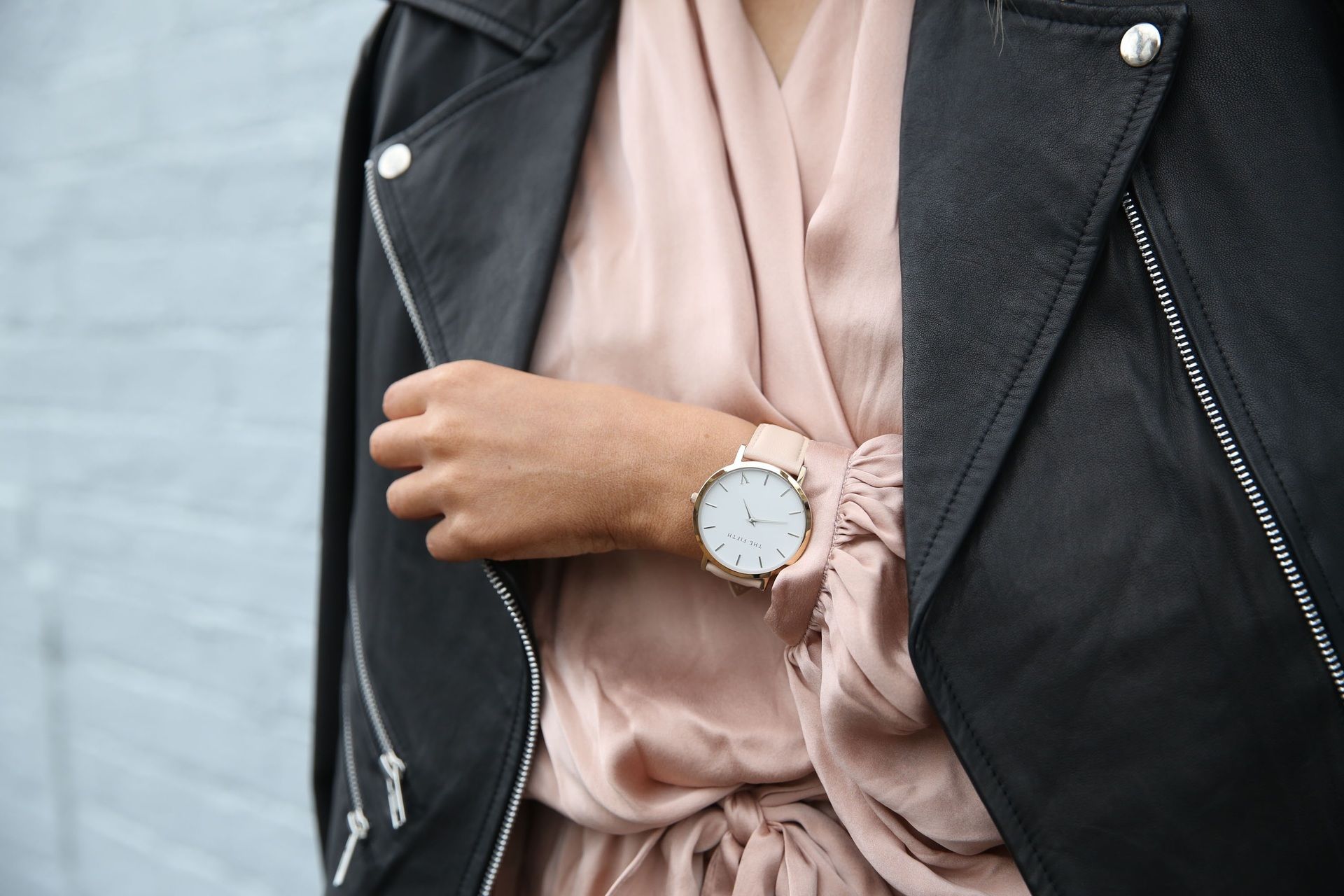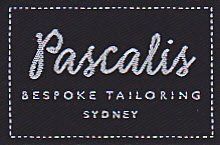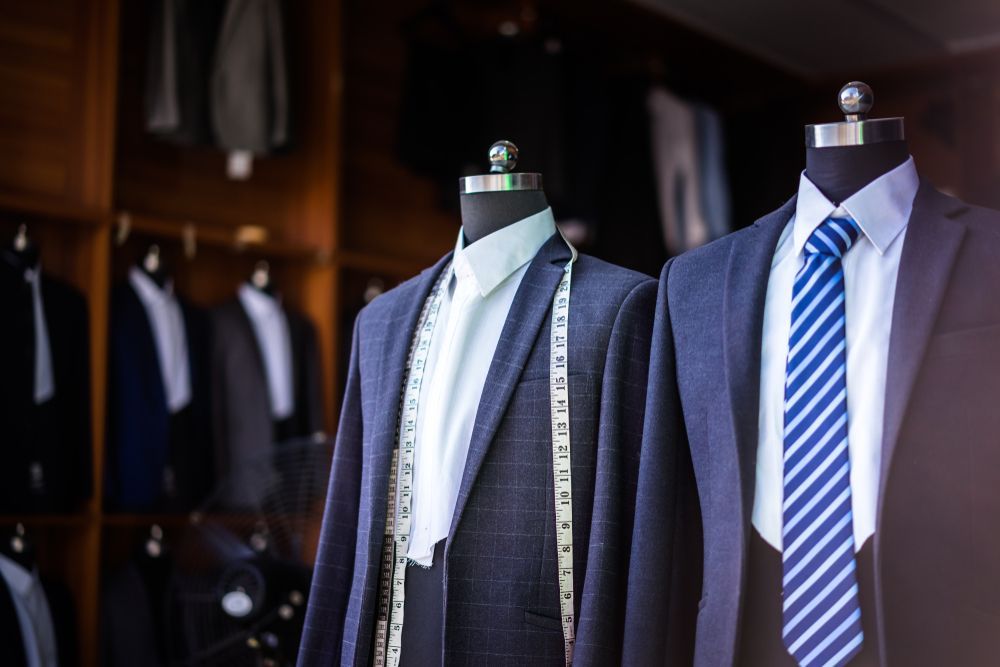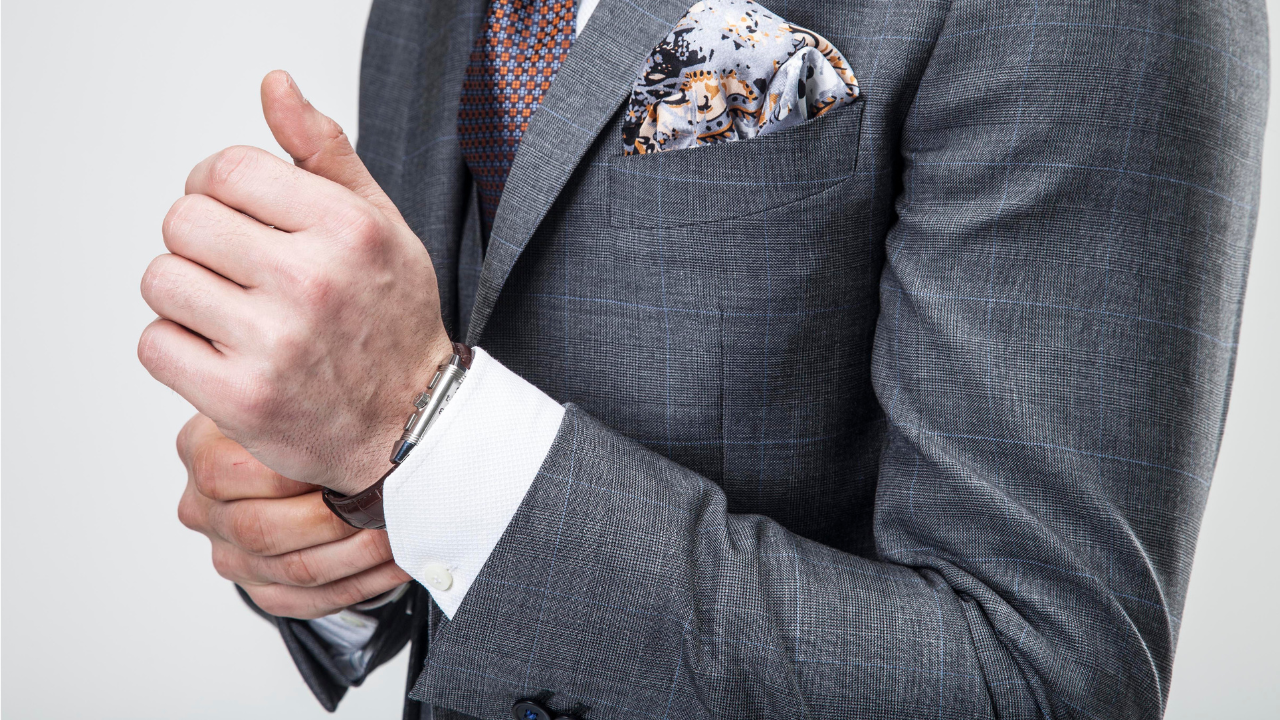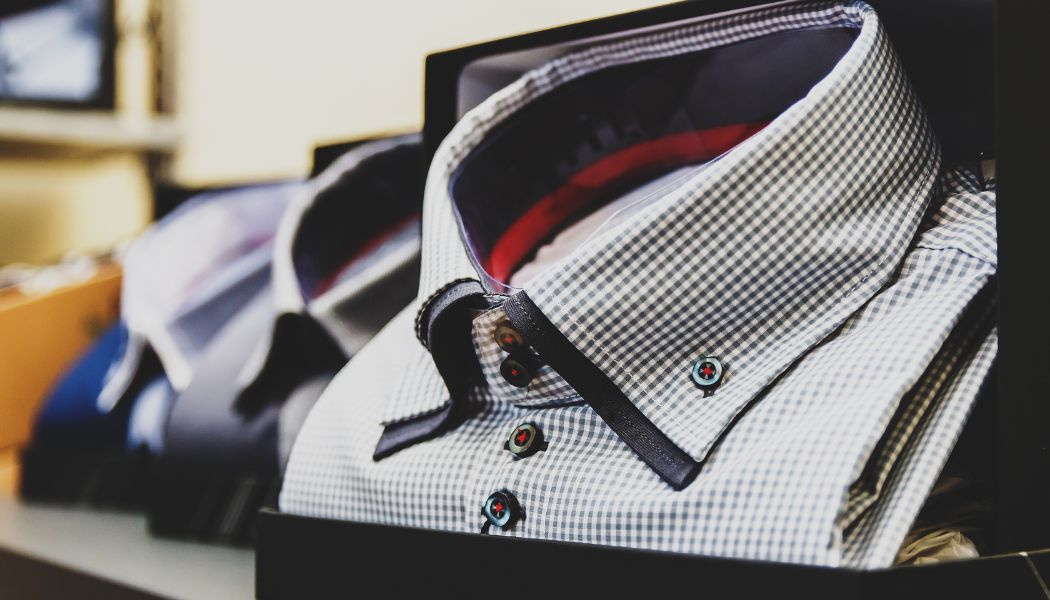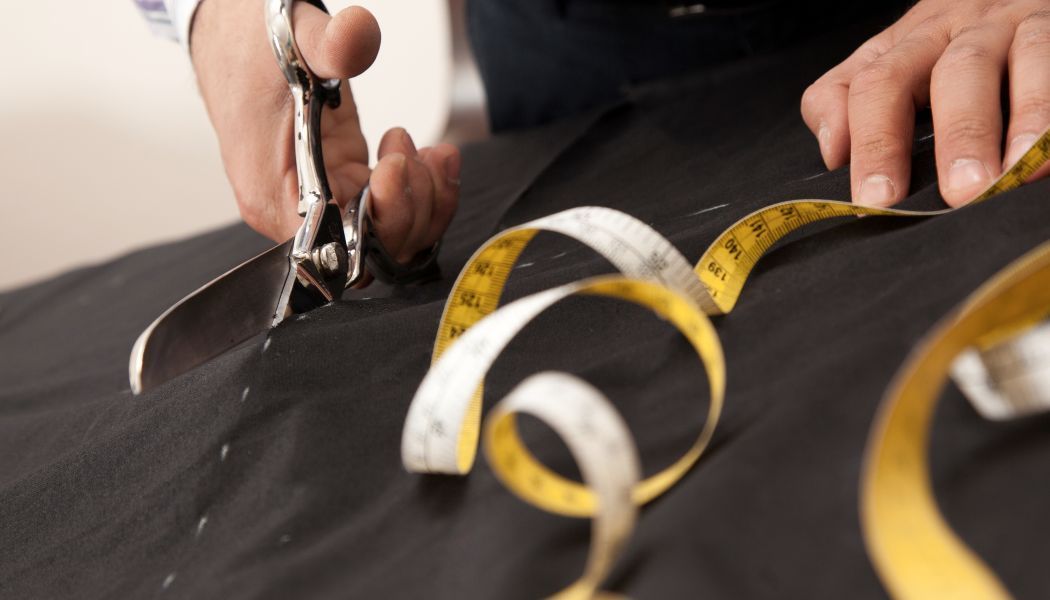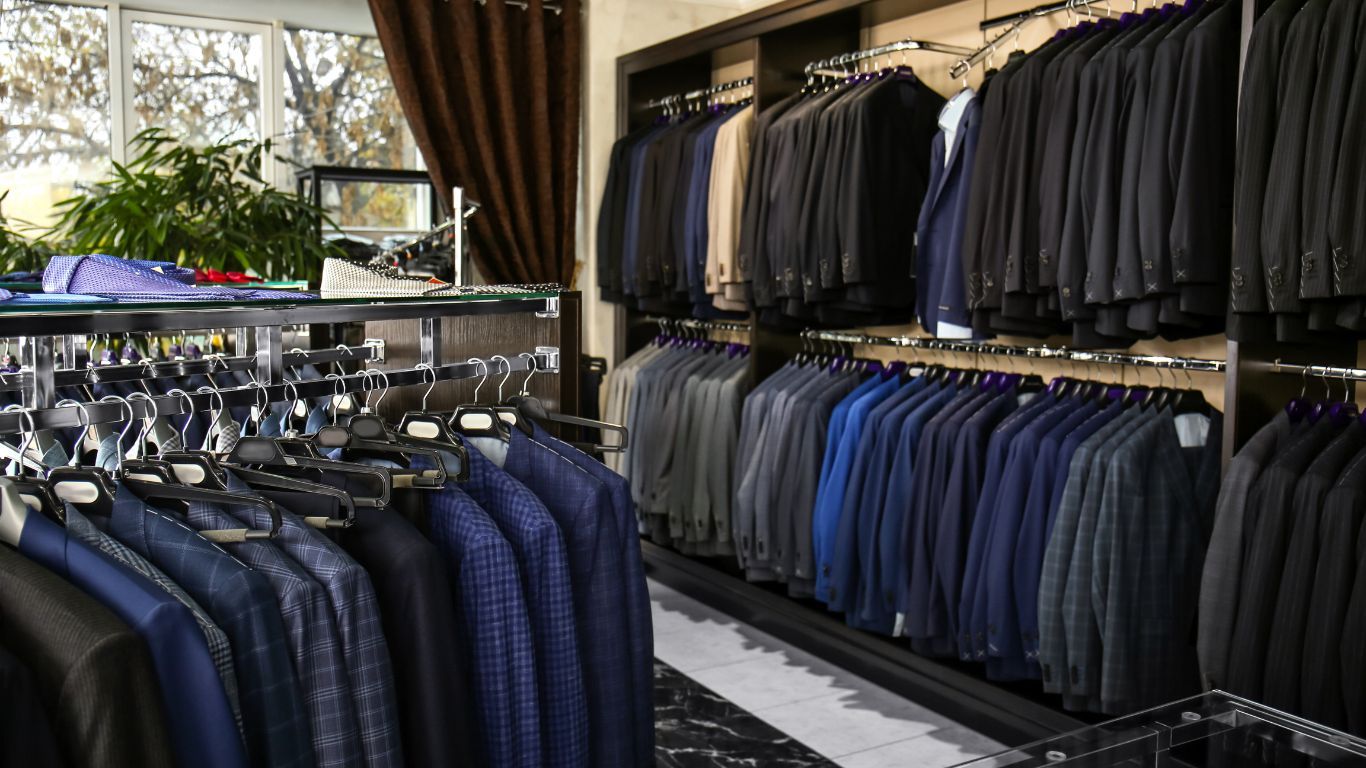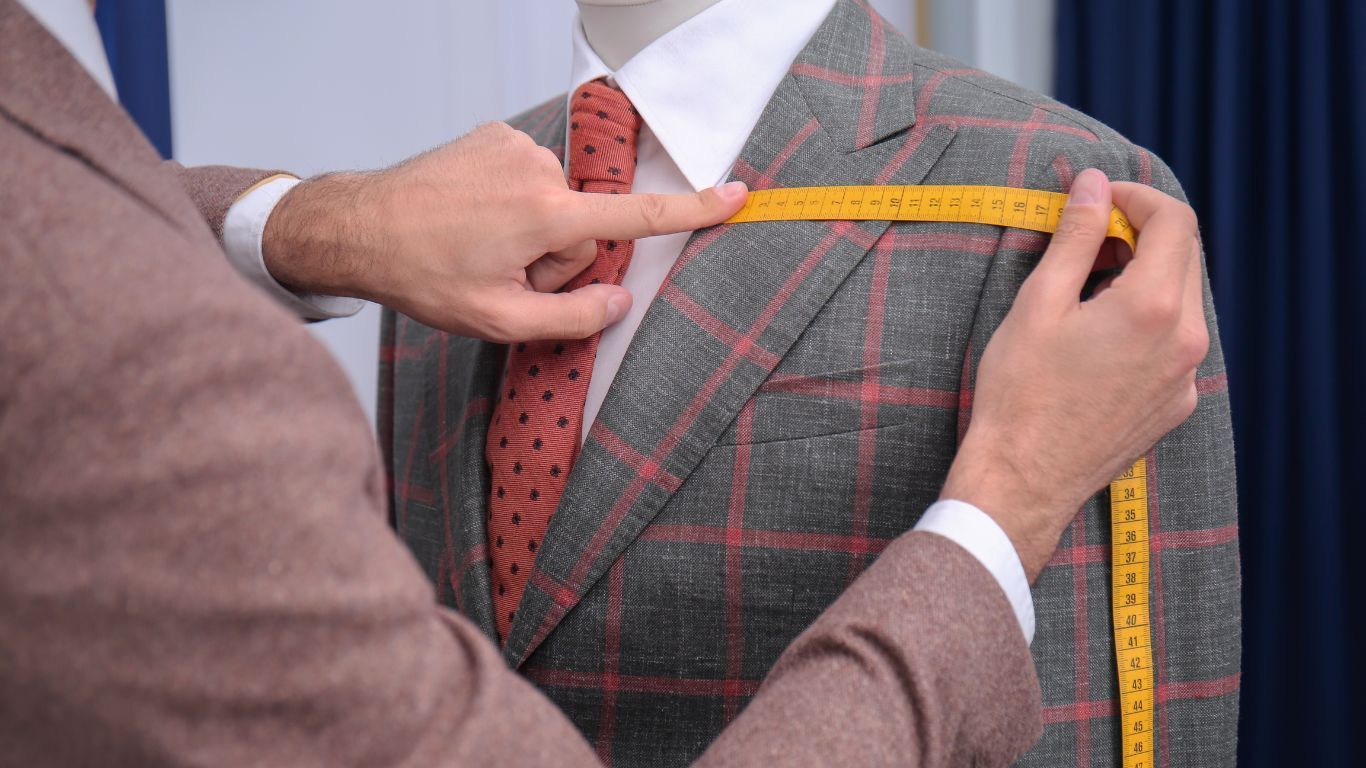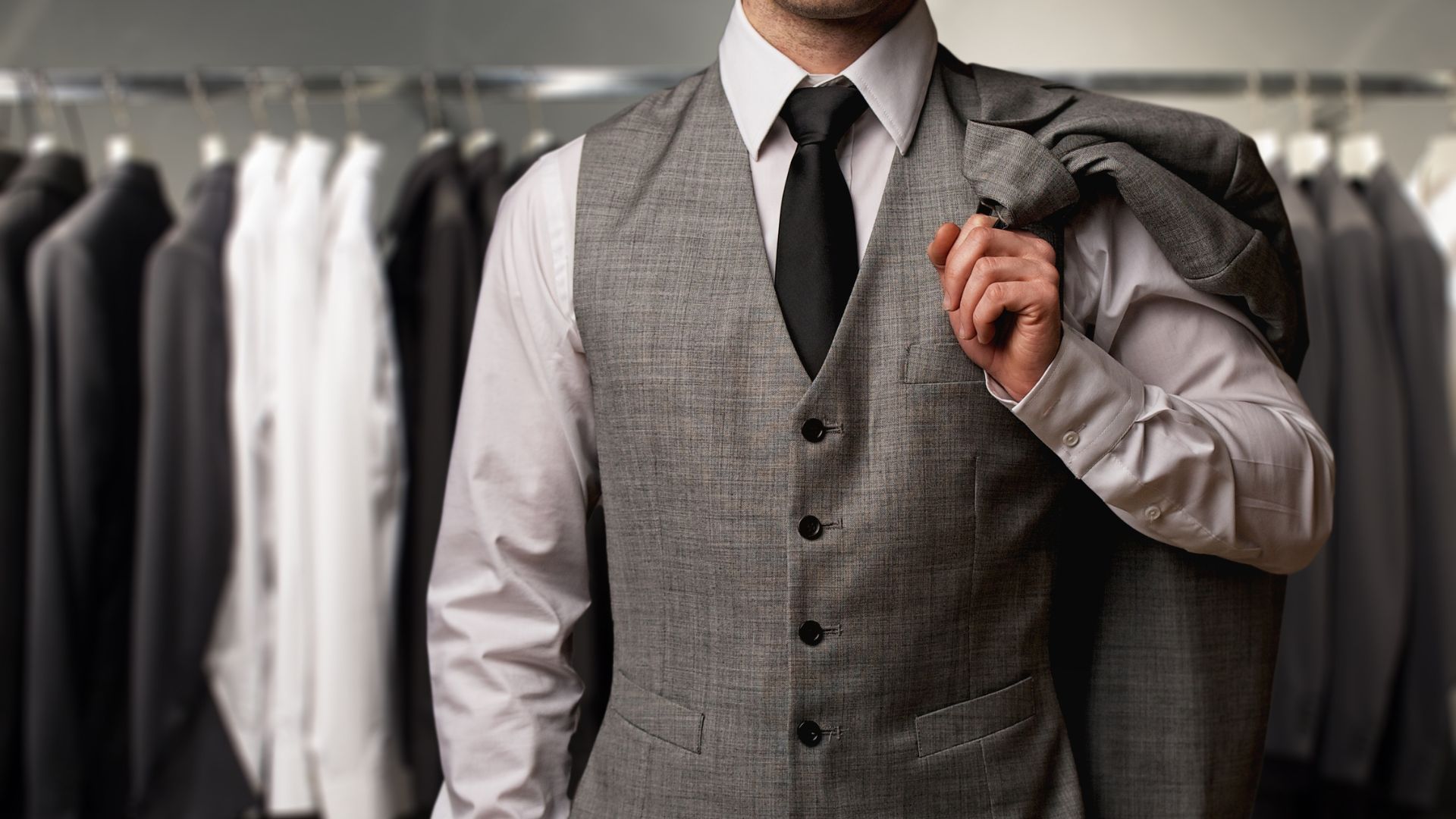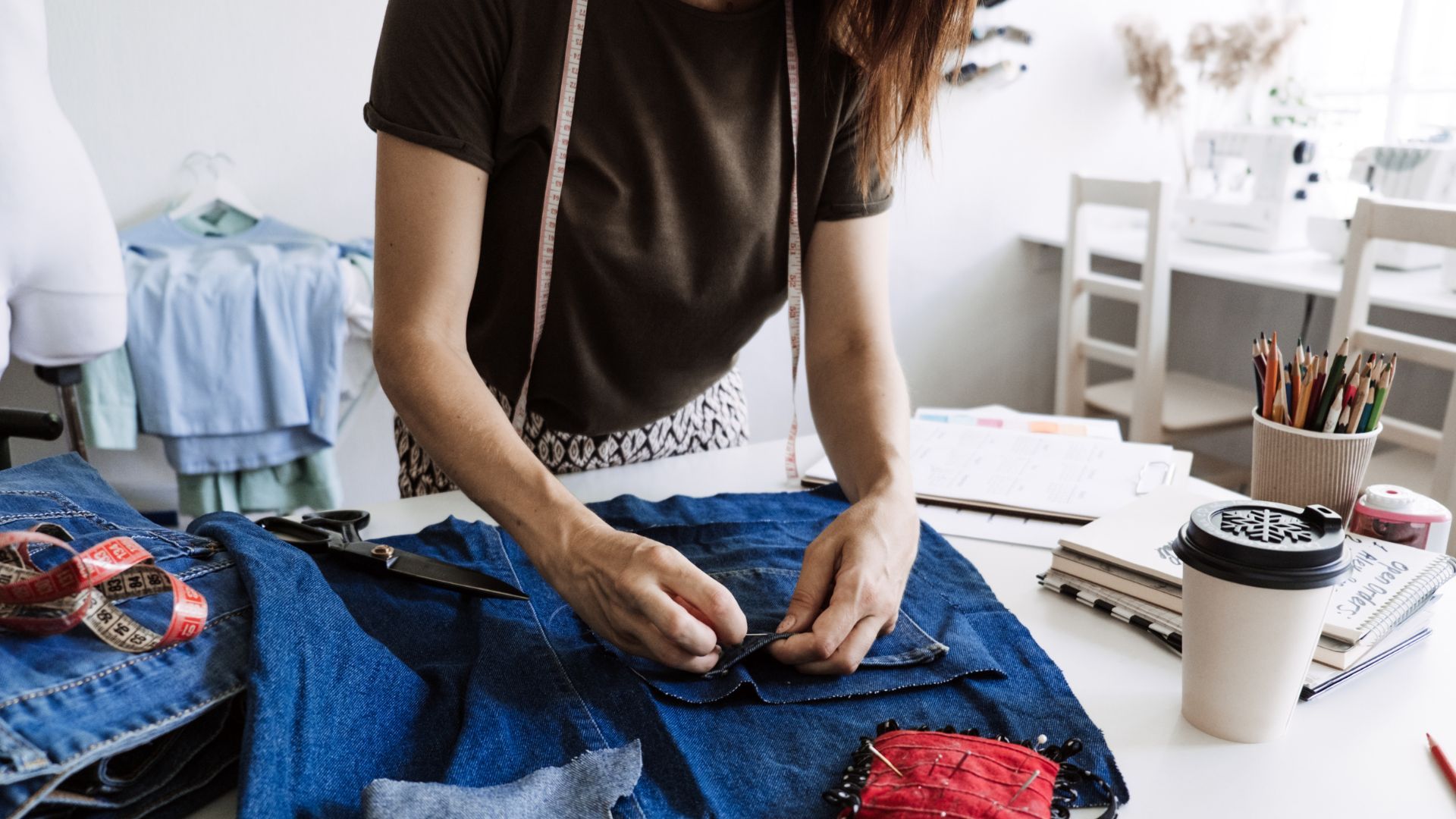The Value of Being Well-Dressed: Why We Need To Revive The Suit In The Workplace
The Value of Being Well-Dressed: Why We Need to Revive the Suit in the Workplace
In recent years, workplace attire has become increasingly casual, with many employees opting for chinos, shirts, and sports coats over the traditional suit. While this shift may seem convenient or trendy, it raises an important question:
What's wrong with wearing a suit?
As more people embrace a laid-back approach to dressing for work, we might be losing sight of the value and significance that a well-dressed appearance brings to the professional environment.
The Decline of Formal Workwear
Gone are the days when everyone in the office adhered to a uniform dress code. Today, it's not uncommon to see a mix of styles within the same workplace. One person might wear a suit, while another sports a shirt and trousers, and someone else may show up in jeans and a hoodie. This shift towards casual attire reflects a broader cultural trend, but it also introduces inconsistencies in how we present ourselves in professional settings.
The move away from suits has been partly driven by the rise of casual work environments, such as tech companies and startups, where relaxed dress codes are the norm. The pandemic further accelerated this trend, with remote work making it easy to adopt a more laid-back style. But now that people are returning to the office, it's time to reconsider the impact of what we wear.
The Psychological Power of the Suit
One of the main arguments in favour of the suit is its simplicity and ease of use. When you have a well-tailored suit in your wardrobe, you don't need to spend time in the morning deciding what to wear. You can simply put on your suit, knowing that you look polished and professional. This simplicity is not just about saving time; it also helps you start the day with a clear mindset. When you're dressed for work, you're mentally prepared to tackle the challenges ahead.
Moreover, wearing a suit sets the tone for the day. It signals to yourself and others that you're serious about your work and ready to engage. It's not just about appearance; it's about the attitude that comes with dressing well. A suit can help you feel more confident, focused, and in control—qualities that are crucial for success in any professional setting.
Casual Fridays and the Slippery Slope
This brings us to the concept of "Casual Fridays" – which seemed like an innocent and fun enough thing, but may well have led to some negative habits forming. Casual Fridays was once a popular way to give employees a break from formal attire. However, this practice often led to a more relaxed attitude towards work itself. When people dress casually, they often subconsciously adopt a more casual approach to their tasks, potentially affecting productivity and professionalism. Casual attire can blur the lines between work and leisure, making it harder to maintain the same level of commitment and discipline that a formal dress code encourages.
In recent years, workplace attire has become increasingly casual, with many employees opting for chinos, shirts, and sports coats over the traditional suit. While this shift may seem convenient or trendy, it raises an important question:
A well-dressed workforce can positively influence workplace culture. When employees dress smartly, it builds a sense of pride and responsibility. It creates an environment where people are more likely to take their roles seriously and where interactions are marked by a level of formality and respect. This, in turn, can lead to higher levels of productivity and job satisfaction.
In cities like Sydney, where the culture has become increasingly casual, there's a growing need to encourage a return to smart dressing. It’s not about enforcing strict dress codes but about promoting the idea that how we dress matters. A city that embraces a well-dressed workforce is one that values professionalism, attention to detail, and a strong work ethic.
In recent years, workplace attire has become increasingly casual, with many employees opting for chinos, shirts, and sports coats over the traditional suit. While this shift may seem convenient or trendy, it raises an important question:
